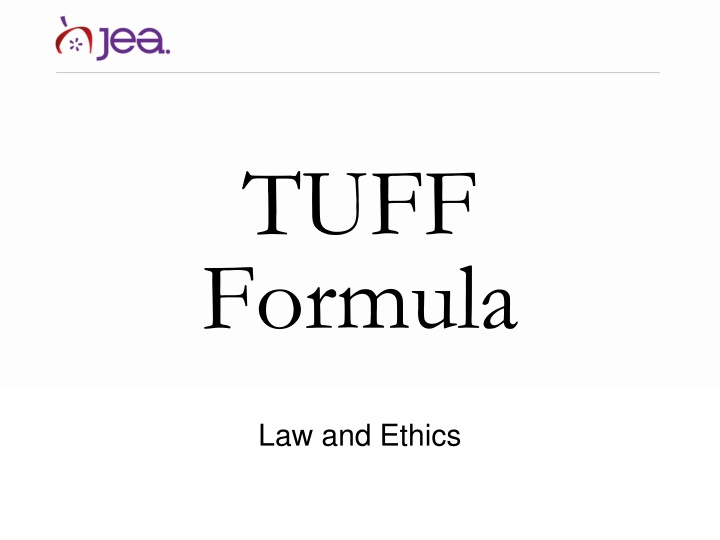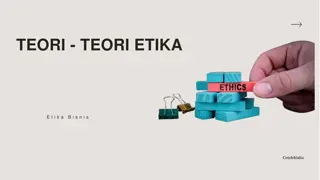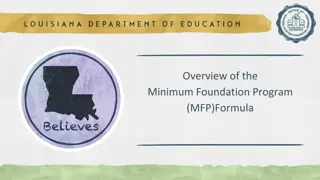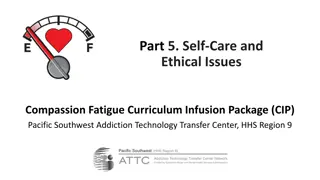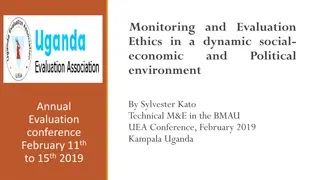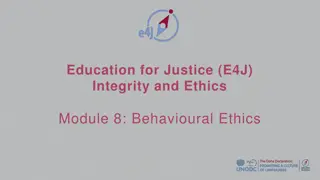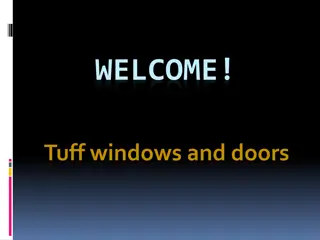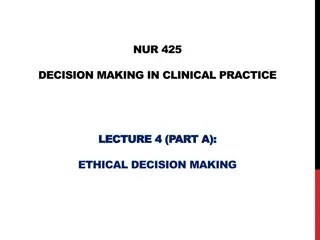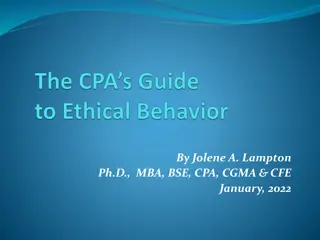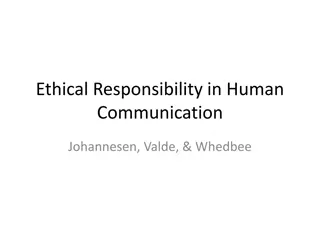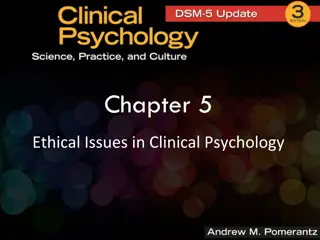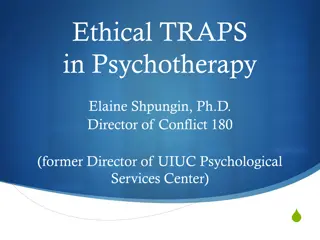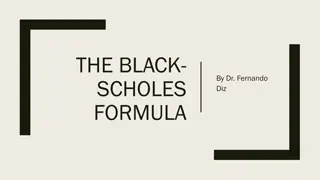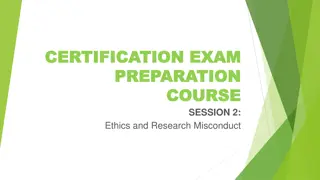TUFF Formula for Ethical Scenario Evaluation
In this content, the TUFF Formula for ethical scenario evaluation is explained based on John Calhoun Merrill's principles in journalism ethics. The formula breaks down into Truth, Unbiased, Full, and Fair components as key guidelines for journalists to adhere to when reporting news.
Download Presentation

Please find below an Image/Link to download the presentation.
The content on the website is provided AS IS for your information and personal use only. It may not be sold, licensed, or shared on other websites without obtaining consent from the author.If you encounter any issues during the download, it is possible that the publisher has removed the file from their server.
You are allowed to download the files provided on this website for personal or commercial use, subject to the condition that they are used lawfully. All files are the property of their respective owners.
The content on the website is provided AS IS for your information and personal use only. It may not be sold, licensed, or shared on other websites without obtaining consent from the author.
E N D
Presentation Transcript
TUFF Formula Law and Ethics
TUFF Formula Another tool for ethical scenario evaluation
TUFF Formula is from John Calhoun Merrill in Journalism Ethics: Philosophical Foundations for News Media.
TUFF Formula broken down T: Truth U: F: F:
Truth According to Merrill, journalists should not only seek the truth, but report it as thoroughly as possible as well.
TUFF Formula broken down T: Truth U:Unbiased F: F:
Unbiased According to Merrill, journalists should strive to be as impartial as possible, and they should strive to keep their bias out of the story.
TUFF Formula broken down T: Truth U:Unbiased F: Full F:
Full According to Merrill, stories should be as robust as possible. Journalists should strive to include as much pertinent information as possible in their stories.
TUFF Formula broken down T: Truth U: Unbiased F: Full F: Fair
Fair This one, according to Merrill, is more complicated. He breaks this concept down into three parts: consequence-based ethics subjectivity responsibility
Consequence-based ethics Consequences of the decision you make determines what is ethical.
Subjectivity Journalists must evaluate all the values and loyalties involved in the story.
Responsibility Journalists must be able to search for the entire, true story while keeping in mind the stakeholders involved.
Merrill has practical examples: Protect confidential sources if it s off the record, keep it out of the public. Provide sources right of reply allow sources to reply to information you have.
More from Merrill Be polite and compassionate with sources especially when they aren t use to working with the press Follow up on stories show how sources have either improved upon the situation or solved the problem.
More from Merrill Correct errors if you have erred, fix the problem as soon as you can. Be complete and prominent in the correction.
